The weather predictions have been spot on so far; it’s been another lovely sunny day at Eastbourne – here was the scene this morning at sunrise:
It was another busy day of presentations – read on for some highlights! After dinner tonight the evening will be rounded off with Morten and his Dancing ‘Bots – controlling two robots in parallel.
Discussion Point: Chart Design
As he demonstrated Chart Wizard – a front-end to help building SharpPlot charts – Nic pointed out a few useful tips about chart design:
- Transparency is your best friend
SharpPlot supports transparency, which not only allows multiple layers of drawings to be readable, but also lightens the global visual impression, making charts more 21st-century - 3D is not as cool as it looks
The 2D alternatives (Bubble chart, Contour plot) are generally more readable, because perspective can hide data in automated 3D charts. - Logarithmic scales are too often neglected
They can improve readability in many cases, for example stock value, performance comparisons, or wealth repartition - Box & Whiskers for categorised data exploration
A very effective tool to explore the repartition of values amongst a un-modelled, yet categorised, numerical dataset.
Paul’s Poncho
The registration packs that delegates received included a stick of rock and a rain poncho generously donated by Optima Systems. As these items were unfamiliar to many from overseas, Paul Grosvenor – Optima Systems’ Managing Director – modelled them for us.Behind The Scenes
Behind each presentation at Dyalog ’14 is a team of people taking care – hopefully mostly unnoticed – of all the AV requirements. Jason and Jonathan are working full-time in the AV suite and they are being assisted by a rota of Dyalog staff and Liam Flanagan, who has temporarily returned to us for the event, as microphone runners and camera operators. In total there are ten audio feeds and three video feeds, and every presentation is being recorded.Generally, each presenter has different software and hardware needs and we allow everyone to use their own kit. In past years this has meant that changeovers have sometimes been less than seamless so this time we are experimenting with a system that allows one presenter’s equipment to be set up while the previous session is still taking place – this is giving a really noticeable speed-up in the changeover times.
Over the coming weeks the recordings will be edited and released online. The presentations will be released at the rate of approximately two per week as each generally takes around six to eight hours to edit and needs to be reviewed and approved by the presenter.
And Also …
Some of the many other things we saw and heard today:
- Kai Jaeger told us that software support such as Acre is essential to prevent chaos when there are multiple programmers working on the same project
- Gianfranco Alongi observed that maintenance is not cool, but said that if your product is not being maintained then the chances are it is already dead
- SimCorp maintains 1.7 million lines of APL code
- Stephen Mansour said that the biggest difference between Dyalog and other stats tools such as R is the existence of defined operators
- Nick did not use Powerpoint in his presentation but instead had a text-only equivalent that he wrote himself in coffeescript
- Aaron Hsu announced that his Co-dfns compiler would soon be available on GitHub for download
- Brian demonstrated MiServer 3’s ability to display CIA data
- Bjørn introduced the Dyalog Cryptographic Library which is now available for use
Did You Know?
John Scholes and Geoff Streeter started writing the Dyalog APL interpreter this day in 1981?
Tomorrow…
Tomorrow morning’s schedule includes two Dyalog and two user presentations. The afternoon will be dominated by the Viking Challenge (don’t forget to wear outdoor clothes and shoes that are suitable for walking!) followed by the prize ceremony for the International APL Programming Contest 2014. The two winners (one student and, for the first time, one non-student) will talk about how they achieved their victory. Everyone is encouraged to give this next generation of APLers their full support. The banquet will round off the day.


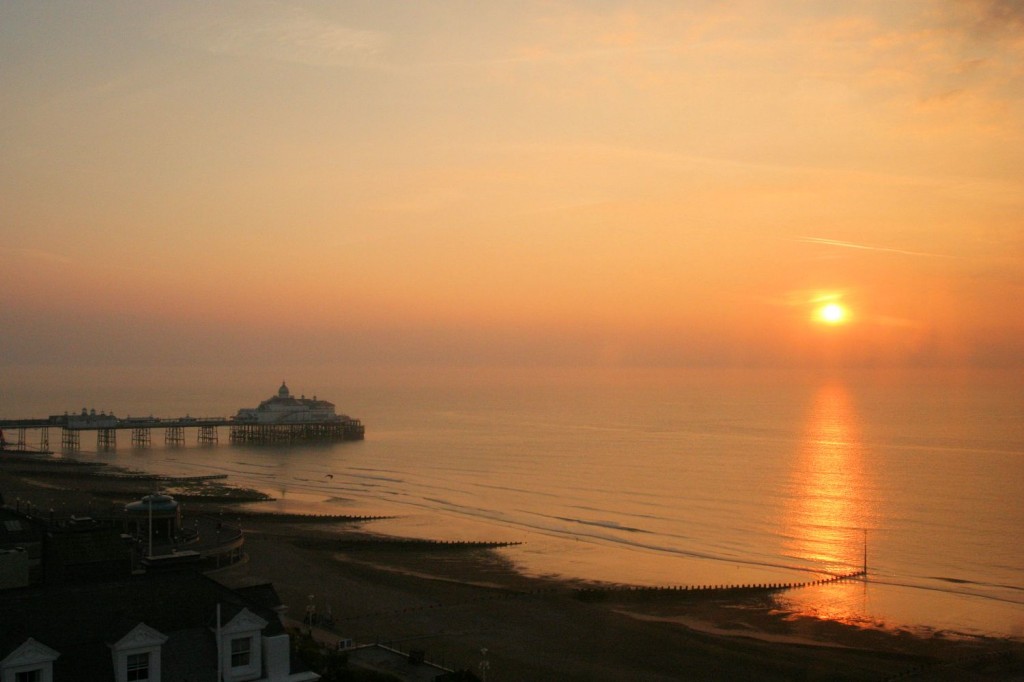
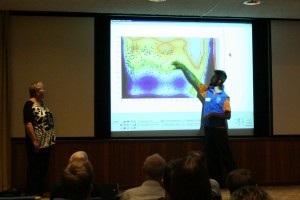
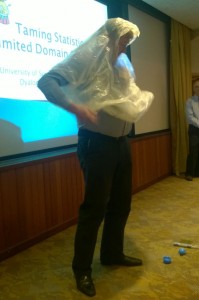
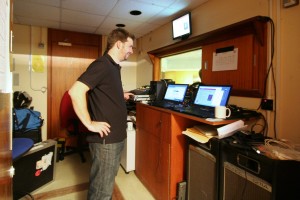
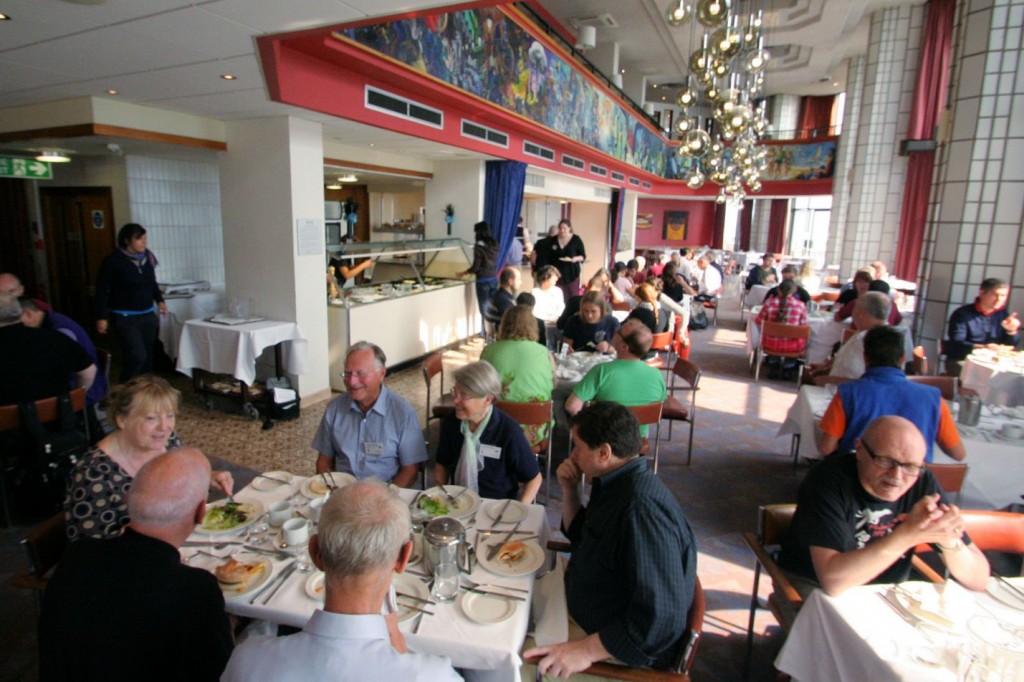
 Follow
Follow